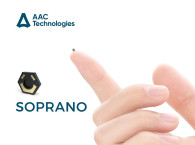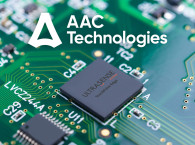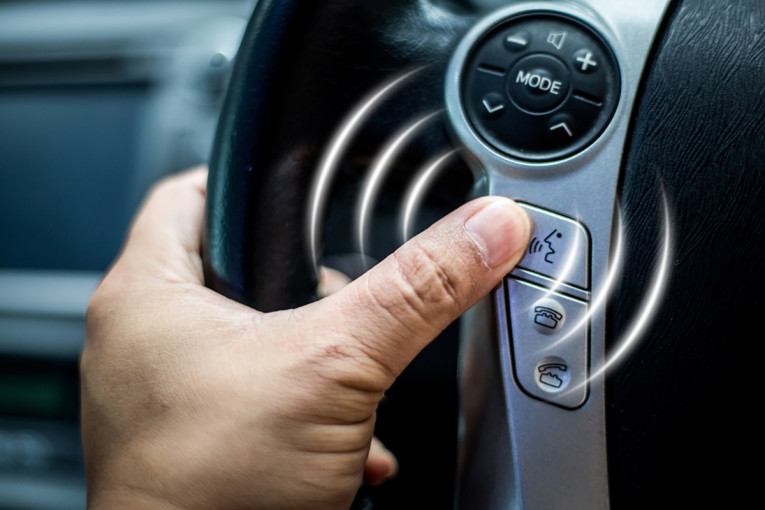
Already a leader in haptic technology for smartphones, Cirrus Logic is expanding its haptics and sensing expertise with the new Cirrus Logic CS40L25 family of boosted haptic drivers. The new ICs enable OEMs to create customized user experiences beyond the single-action response of today’s mechanical buttons.
“Consumer devices have become slimmer and more display-driven, and advanced haptics are evolving to offer consumers a richer, more tactile experience,” says Harsha Rao, Cirrus Logic manager, Haptics and Sensing. “Cirrus Logic’s haptic solutions feature low-latency, boost voltage and closed-loop control algorithms that enable customized waveforms to trigger a variety of fast, unique haptic feedback responses. Whether it’s an immersive first-person gaming experience or a distinct smartphone vibration that identifies the caller, our advanced haptics can create a crisp click that just feels better to the user.”
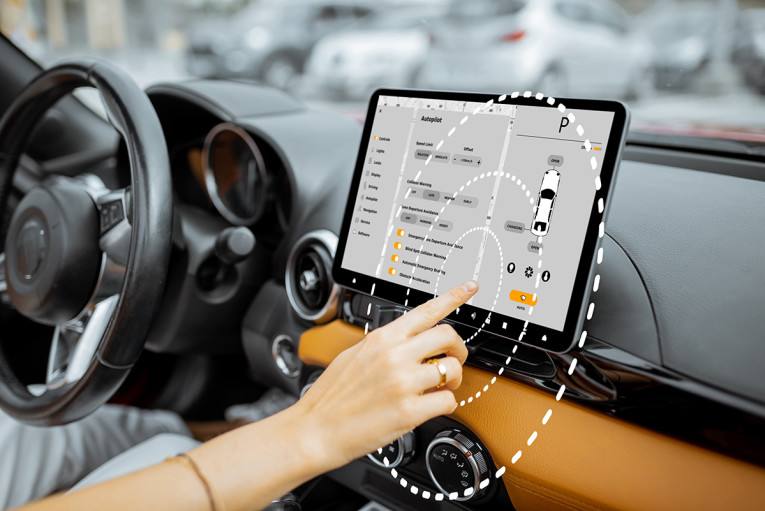
The new haptic solutions from Cirrus Logic can help create context-aware “virtual” buttons for almost any surface. By eliminating mechanical buttons, product designers can create cleaner, sleeker industrial design aesthetics with no button “bumps.” Many smartphone designers are leading this behind-the-screen design evolution to increase haptic feedback solutions by replacing peripheral button functions. Automobiles, PCs, wearables and game controllers are also moving beyond traditional button interfaces to incorporate non-mechanical haptic feedback.
Cirrus Logic’s CS40L25 products integrate a high-performance haptic driver, a digital signal processor and a boost converter. The devices are resonance-aware, drive high-performance linear resonant actuators (LRAs) and voice coil motors (VCMs), and enhance user experiences by supporting unique/pre-stored haptic waveforms. Ultra-low latency provides real-time control of the haptic motor. This provides users with a more immediate sensation or response. Closed loop algorithms maximize LRA effectiveness and enable strong and consistent haptics with a crisper, less “buzzy” effect.

Cirrus Logic CS40L25 family of products includes:
• CS40L25-CWZR and CS40L25B-CWZR ICs in 30-ball WLCSP packages for mobile and portable applications, now shipping in volume
• CS40L25B-CNZR commercial-grade 32-pin QFN product for PC/laptop and other general market applications, currently sampling
• CS40L25B-DNZ AEC-Q100 automotive-qualified variant in a 32-pin QFN package with wettable flanks for infotainment applications such as touch buttons and touch screens, currently sampling
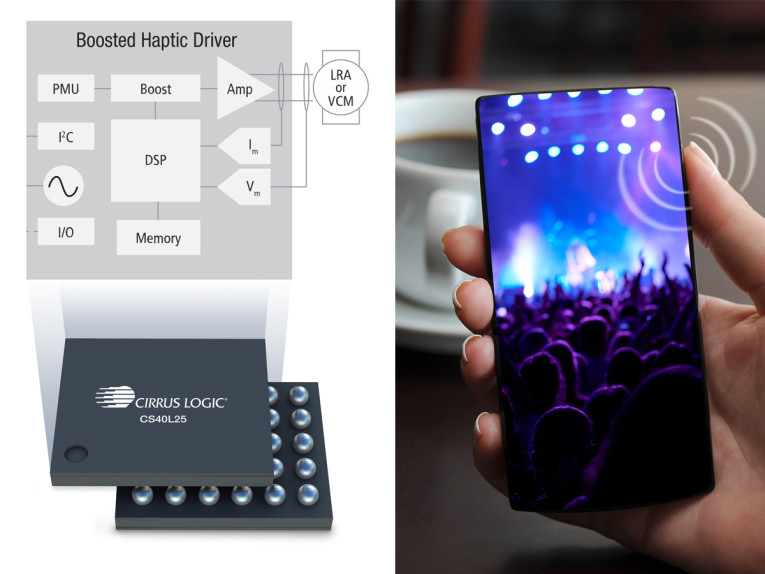
According to Rao, strong interest for differentiated tactile feedback features is expected to result in new consumer devices introduced in 2020 that use Cirrus Logic haptic drivers. In addition, Cirrus Logic recently began sampling its next-generation haptic product, which integrates force sensing and a haptic driver. The single-chip device is anticipated to improve performance, reduce power consumption and simplify system design with up to a 50-percent reduction in the overall footprint of a smartphone haptic subsystem.
More information on the Cirrus Logic CS40L25 portfolio and its haptic technology is available at www.cirrus.com/products/CS40L25.





